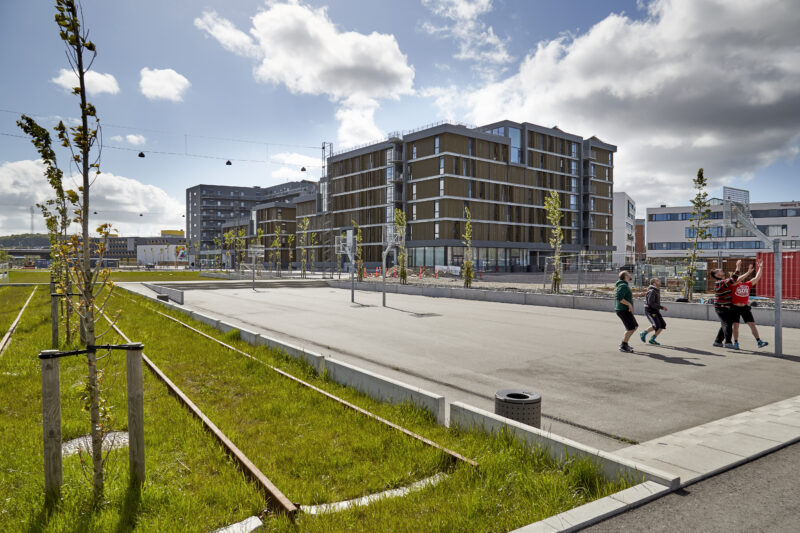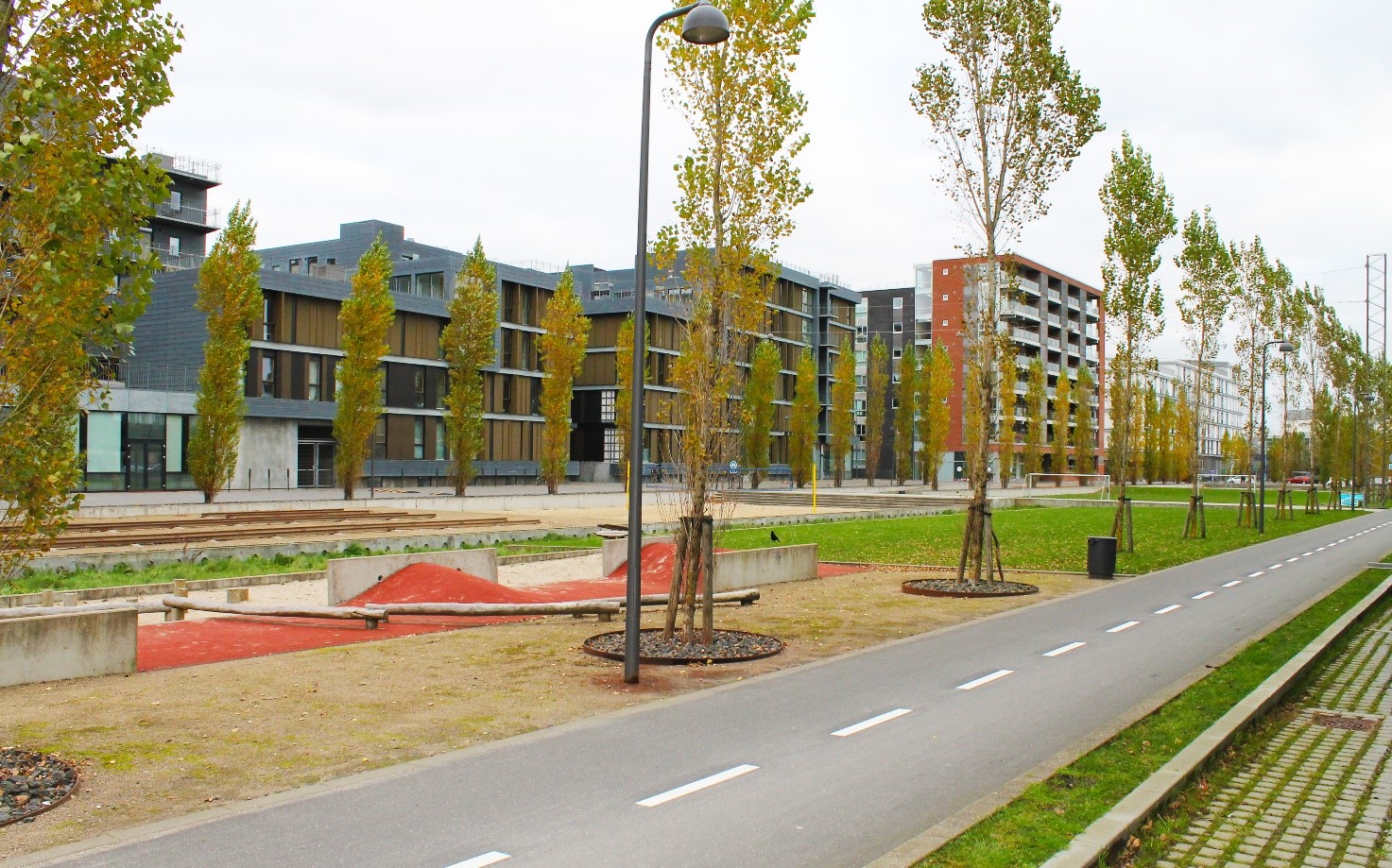Solution provider

We are a value-driven, multi-disciplinary engineering consultancy fundamentally committed to sustainable progress and service delivery.
Case
Climate change adaptation
Nature based solutions
Urban infrastructure planning
+2


We are a value-driven, multi-disciplinary engineering consultancy fundamentally committed to sustainable progress and service delivery.
Add the case to your visit request and let us know that you are interested in visiting Denmark
The old railway area in Aalborg has not been used in nearly 20 years. Now, the area has gone through a thorough renovation with a focus on local diversion of rainwater. The long rails have become urban open spaces with parks, playgrounds and fields for football, basketball and beach volley, while the old station buildings have been turned into family and youth residences, educational institutions and shops.
For the new neighborhood to handle huge quantities of water, it has been necessary to create brand-new solutions. The ground has been elevated to collect rainwater in waterbeds, channels and pools. While city areas have been elevated, the park areas lie as niches between the areas. The paths are also elevated in order to create natural pools that can be filled when needed.
Instead of hiding away future rainwater in sewer lines deep in the underground, Werk Architects (earlier Polyform) has chosen to accentuate the water and make it part of the new green and sustainable urban city space. As a sub-consultant, NIRAS has been in charge of all engineering disciplines and the technical design of Werk Architects’ vision. Furthermore, NIRAS has provided supervision, site management and client advisory services.
[caption id="attachment_107931" align="alignnone" width="1473"]